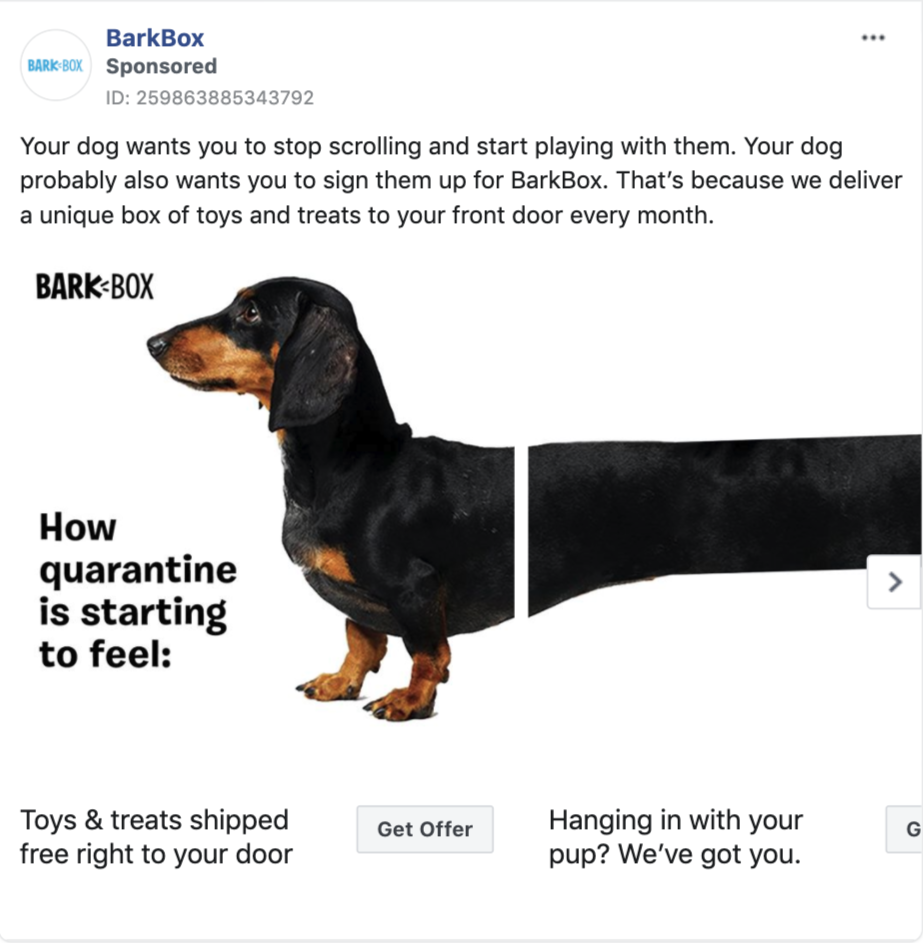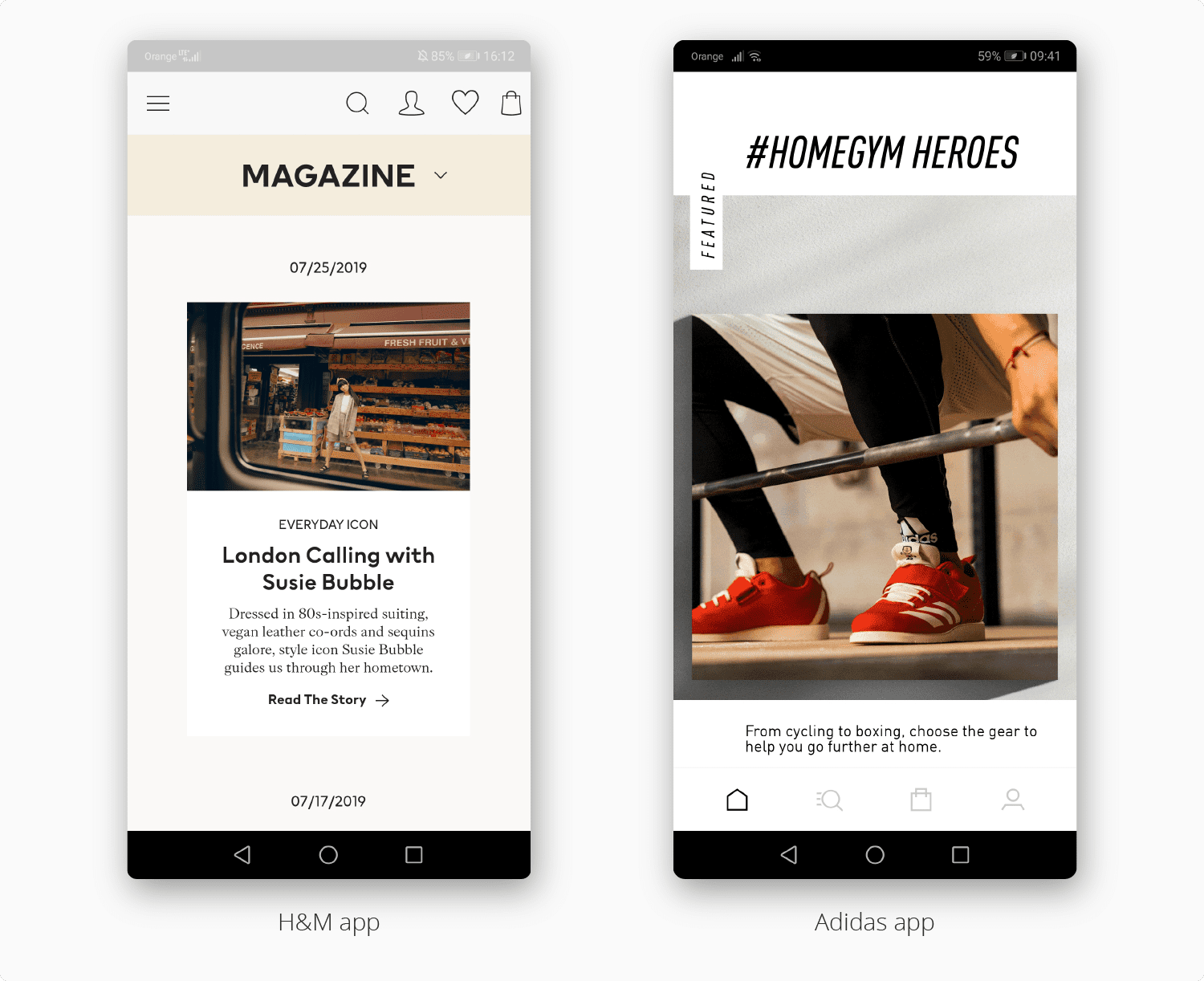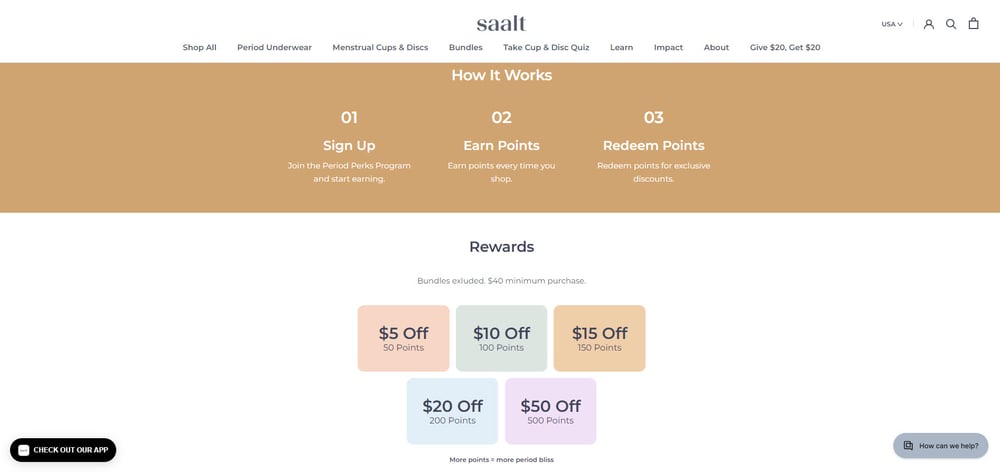You got a great business idea, and started creating unique products. Next, you created a Shopify store, and now you just need to get traffic and start bringing in the customers, right? Well, it is not that simple.
Just bringing more and more traffic to the store and hoping it will naturally transform into paying customers won’t do the trick.
There are numerous reasons why Shopify sales are low for you, and in this article I will break every single one of them down for you, offer tried-and-tested solutions and ultimately help you increase Shopify sales.
Why trust us?
- We're the creators of Bloggle, a dynamic Shopify blog builder available on the Shopify App Store that fills the gaps in native Shopify blogging capabilities.
- We're a global force: 3000+ merchants across 60 countries have trusted us to amplify their voices.
- Your peers adore us: We have a stellar 4.9/5 rating on the app store.
- We've already empowered 55,000+ blogs written using our versatile app.
- Under our guidance, users have reported up to a 10x boost in Search Engine Optimization (SEO) traffic and revenue.
Your Shopify store doesn't have traffic yet: Start here
Worrying about conversions and sales only becomes relevant once you have potential customers to convert. Even the most beautifully designed, conversion-optimized website is worthless if it’s not attracting visitors.
To turn potential customers into paying ones, you first need traffic, and you can generate that if you:
#1 Use SEO techniques
Search Engine Optimization (SEO) is critical for increasing your Shopify store's visibility. Optimize your Shopify website content, including titles, meta descriptions, URL structure, product descriptions, and images with relevant keywords to improve your rankings on search engines.
You can check out our Shopify SEO checklist to learn more.
.png)
#2 Engage in social media marketing
Social media platforms can drive significant traffic to your store. Create engaging content and use targeted ads to reach your audience.
Platforms like Facebook, Instagram, and Pinterest are particularly effective for visual products and can be linked directly to your Shopify store.
There are many Shopify brands that built an enterprise level business fueled by just their social media pages. Here is an example of an e-commerce post that is targeting potential customers in the right way:

#3 Implement a blog
Develop a blog and a video channel related to your products. Providing valuable content helps attract and engage potential customers, leading them to your Shopify store.
Your topics should include how-to guides, product reviews, and customer testimonials. We can help you with our intuitive, no-code, Shopify blog builder.
#4 Don’t be scared of email marketing
Collect email addresses through your website and craft personalized email campaigns to get leads and inform subscribers about promotions and new products.
Email marketing is still the king in e-commerce, and remains one of the most direct ways to engage customers and drive traffic.
#5 Run paid ads
Invest in pay-per-click (PPC) advertising through Google Ads. This can help you reach a larger audience quickly. Carefully manage your budget and target your ads to ensure they reach potential customers interested in your products.
But first, you need to integrate Google AdSense and start slowly testing the system. Increase the investment only when you find a strategy that works for you, and avoid breaking the bank.
#6 Optimize for mobile
Make sure your Shopify store is mobile-friendly. A significant amount of web traffic comes from mobile devices, and a smooth mobile experience increases the likelihood of purchases and return visits.

#7 Use Google Analytics
Use Google Analytics to track the traffic and behavior of visitors to your Shopify store. Analyzing this data helps you understand what works and what doesn’t, allowing you to make informed decisions to boost traffic and improve user engagement.
Implementing these strategies effectively requires consistent effort and adjustment based on performance metrics and market trends.
My Shopify store has traffic, but still no sales: Start here
Have you followed our advice or implemented similar strategies, but you're still struggling to generate sales on Shopify? Maybe you’re getting traffic, but no conversions? Here’s what you might be doing wrong:
#1 Targeting the wrong audience
You might be attracting visitors who aren't interested in your products. Review your marketing strategies and use analytics to understand your audience better.
All your marketing efforts should lead to reaching the demographic most likely to buy from you.
#2 Lack of trust signals
Trust is a major factor in e-commerce. Lack of reviews, insecure connections (not using HTTPS), or missing contact information can make your store seem unreliable.
Display testimonials, secure badges, and clear contact details to build trust. Without gaining trust, not even the best-looking and optimized website will convert visitors.
.png)
#3 Ineffective product descriptions or poor-quality images
Products need to be showcased effectively to encourage purchases. Use high-quality images and provide detailed, compelling product descriptions.
Highlight the benefits of your products, not just the features. Check how industry leaders are doing that, and derive some tips and tricks you can use from their successful campaigns.
#4 Pricing issues
If your products are priced too high compared to competitors, visitors might browse but decide to purchase elsewhere. Conversely, if your products are too cheap, a customer might become skeptical and opt out of buying out of fear of poor quality products.
Conduct market research to ensure your pricing is competitive. Consider promotions or discounts to entice first-time buyers.
#5 Your website design is not sales-oriented
Your website may be visually appealing and up to standards at first glance, but if it’s not converting, there could be hidden issues.
For example, visitors might be discouraged from making purchases if certain elements aren’t optimized for user experience.
Here are some specific strategies to make your website design more conversion-oriented:
- Simplify navigation: Ensure that your menu is clear and easy to navigate, with important pages (like product categories, shipping policies, and contact info) easily accessible.
- Highlight product benefits: Use concise and compelling product descriptions that focus on how your products solve a problem or meet a need.
- Prominent CTAs: Place your call-to-action (CTA) buttons where they are easily visible and guide users toward making a purchase (e.g., “Add to Cart” and “Buy Now” buttons should be clear and prominent).
- Use urgency and scarcity: Implement strategies like countdown timers for promotions or limited stock alerts to create a sense of urgency.
- Optimize for mobile: Ensure your website is fully responsive and looks great on mobile devices, as a large portion of traffic comes from mobile users.
- Minimize checkout friction: Keep your checkout process simple with as few steps as possible. Offer guest checkout and multiple payment options.
#6 Complicated checkout process
A complex or lengthy checkout process can lead to cart abandonment. The checkout process must be straightforward, offer multiple payment options, and consider allowing guest checkouts to make purchasing easier.

#7 Limited customer support
Customers often have questions or concerns before making a purchase. If your store lacks easy-to-access customer support, potential buyers may feel uncertain and leave without buying.
Implement a live chat feature, ensure quick responses to inquiries, and provide comprehensive FAQs.
#8 Lack of follow-up
Engaging with visitors after they leave your site can bring them back to make a purchase. Use retargeting ads, email marketing, and social media to keep your brand in mind.
Don’t feel pushy if you do it — everybody does it, most people don’t like seeing retargeting and follow-up emails in their inbox, but they will still sometimes open them and make a purchase.
#9 High shipping costs or slow delivery
High shipping costs or long delivery times can be a dealbreaker for many customers. If possible, offer free shipping thresholds or faster shipping options.
#10 No clear USP
If your store doesn’t clearly communicate why customers should buy from you rather than competitors, sales may suffer.
Make sure your USP (Unique Selling Proposition) is clear in every aspect of your marketing and on your website.
Need more? 10 advanced strategies for increasing your sales on Shopify.
If you implement everything we talked about so far, you will get initial results. However, to elevate your store to a different level, and start scaling up your business, you’ll need to think about advanced Shopify sales strategies.
If you want to complete the knowledge on how to get sales on Shopify, follow these advanced techniques:
#1 Detailed remarketing strategies
Remarketing is a powerful strategy to re-engage visitors who have shown interest but left your Shopify store without purchasing.
Use dynamic remarketing ads that show specific products that visitors have viewed but not bought, encouraging them to return and complete the purchase.
Advanced targeting can include time spent on site, bounce rate, or specific actions taken within the store.
#2 Introduce subscription models or loyalty programs
Subscription services or loyalty programs provide a great incentive for repeat business. This can be particularly effective if you offer products that are regularly needed, like beauty supplies or health products.
Rewards for frequent purchases or subscriptions enhance customer retention and increase the lifetime value of each customer.

#3 Implement cross-selling and upselling techniques
Use intelligent product recommendations to cross-sell related products or upsell higher-end alternatives during the checkout process.
For example, if a customer buys a camera, suggest camera accessories like lenses or cases as add-ons.
These strategies increase the average order value and improve customer satisfaction by making relevant suggestions.
.png)
#4 Offer progressive discounts
Create discount tiers that encourage larger purchases. For example, offer a 10% discount on orders over $100, 15% on orders over $200, and 20% on orders over $300.
This encourages customers to spend more to reach the next discount level.

#5 Develop a mobile app
If a significant portion of your traffic comes from mobile users, consider developing a dedicated mobile app.
Apps can offer a faster, more fluid user experience, better personalization, and the ability to send push notifications to users about new products or promotions.
#6 Engage in influencer partnerships
Collaborate with influencers who resonate with your target audience to tap into their followers. This approach can significantly amplify your brand’s reach and credibility.
Influencers can create authentic content that showcases your products in real-life scenarios, driving both traffic and sales.
#7 Implement a referral program
Encourage existing customers to refer new ones by offering incentives for both the referrer and the referred, such as discounts or free products.
Referral programs can turn your customer base into a sales force and are especially effective because of the trust factor involved.
#8 Offer time-limited promotions
Create urgency with time-sensitive promotions such as flash sales or limited-time discounts. This encourages shoppers to make a purchase decision quicker to take advantage of the offer.
Make sure these promotions are well-advertised across all your marketing channels to maximize reach.
#9 Use A/B testing to optimize conversion rates
Regularly run A/B tests on your website to optimize elements like product page layout, images, call-to-action buttons, and checkout flow.
This data-driven approach helps identify what changes lead to better conversion rates and should be implemented site-wide.
#10 Implement advanced analytics for better targeting
Invest in advanced analytics tools to delve deeper into your customer data. Understand customer behavior patterns, predict future trends, and tailor your marketing efforts more precisely.
Tools like heatmaps, session recordings, and funnel analysis can provide insights that go beyond basic analytics, allowing for more targeted campaigns.
FAQs
How can I increase traffic to my Shopify store?
To increase traffic to your Shopify store, focus on SEO optimization, use social media platforms effectively, and consider paid advertising campaigns such as Google Ads or Facebook Ads.
What strategies can I use to improve my Shopify conversion rates?
Improving Shopify conversion rates can be achieved by optimizing product descriptions, using high-quality images, and simplifying the checkout process.
How to increase sales on Shopify?
To increase sales on Shopify, diversify your marketing strategies to include both organic and paid channels. Optimize your store for mobile users, use upselling and cross-selling techniques, and make your pricing competitive.
So, are you ready to increase your sales?
As we can see, Shopify sales won’t happen overnight. There is a lot of work involved before you get that increase in Shopify sales.
With these 21 tips, you now have a clearer path for improving your Shopify store.
With over 6 years of experience designing and optimizing Shopify sites, I've created a collection of free guides to help you get started:
.png)

.svg)






.svg)
